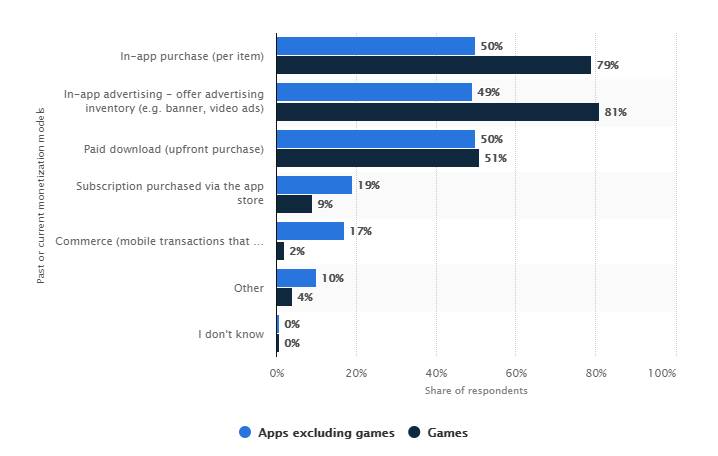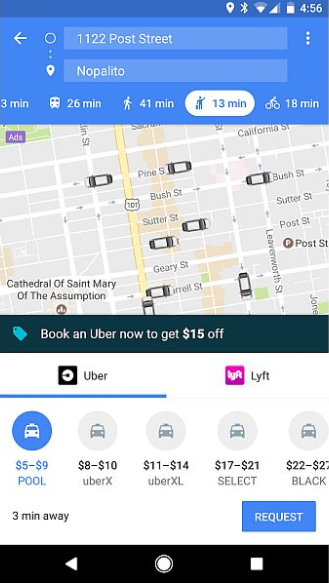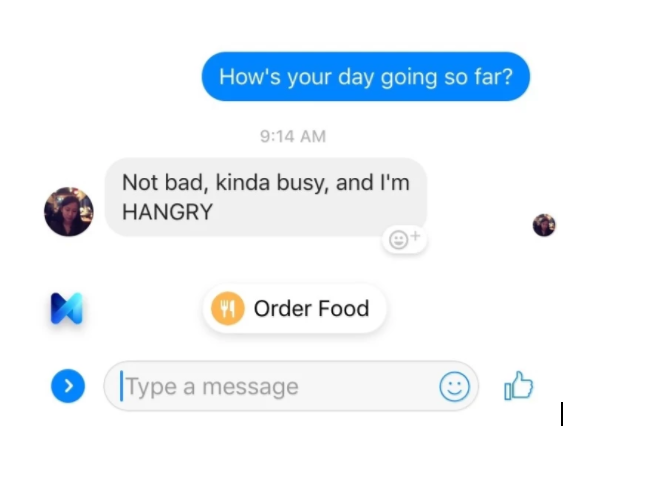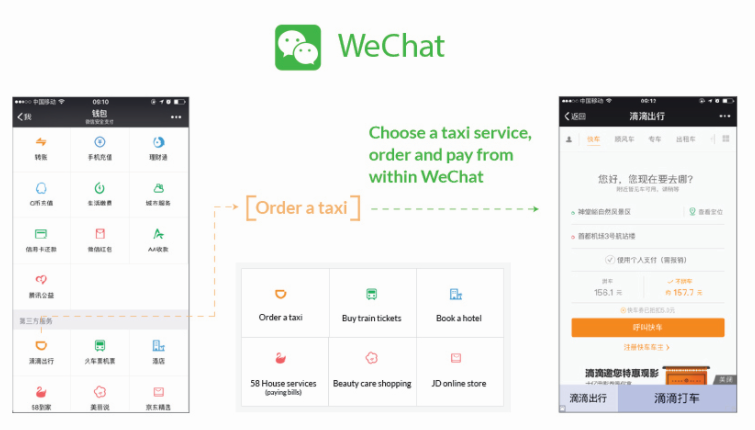Mobile and apps, in particular, are rapidly changing. The way people experience and consume services through their mobile phone has changed. In an era that questions the form of apps up to the point of their very existence, it’s time to look for different ways to connect with your users and monetize your apps.
Problems with the Current App Monetization Ecosystem
Over the years, many articles have been written and surveys made in the hopes of finding the best methods for app monetization. We looked for solutions that would generate substantial revenue from the apps we worked so diligently to develop. At first the methods we used were rather aggressive, putting less emphasis on user experience (resulting in high churn rates), until we reached a point where user experience could no longer be overlooked and all matters were taken into consideration.
Most Popular Monetization Models Used Today
We can fairly say that most publishers and app developers use two basic models nowadays—Ad-based and In-app purchase (IAP).
Ad-based model
The ad-based model is the leading standard used for app monetization, and as the statistics show, it performs better than IAPs. According to a survey by AdColony, 39 percent of total top app revenue sources use the IAP model, while 56 percent use the ad-based model (video, display, and native). But we all know that most users are not too keen on ads. Certain ad types can create a poor user experience resulting in banner blindness. Today, users need significant added value to engage with an ad.
 In-App Purchase model
In-App Purchase model
The in-app purchase model is a lucrative one, since it allows the developer to profit despite giving the basic app itself away for free (freemium model). Many consider it to be a “fair” model, which works well, but in recent years, people are less inclined to make IAPs. In fact, Appsflyer found that just more than 5 percent of app users currently spend money on in-app purchases. The average in-app purchase spending per user is not high either, as shown in the image below:

Despite the low numbers, IAP is still one of the most common ways to monetize apps, along with ad-based monetization. This notion can also be proven when comparing gaming apps with non-gaming apps. The following is a graph showing the most-used mobile app monetization models according to mobile developers worldwide in 2017, according to Statista:
Looking for a New Monetization Stream
So why look for another monetization model? Why not settle for this monetization mix? Because there is another way you can monetize your apps, and this way will also make your users happy. It’s the new “hidden” revenue stream you don’t want to miss out on.
Ad-based monetization and in-app purchases are revenue streams that will continue to contribute to your balance sheet. But the large players in the app ecosystem have grown to understand that in order to develop a new revenue stream and also provide their end users with better incentive and a higher level of experience, a new method has to be conceived, and that is what we refer to as Service-based monetization.
Following the Leaders
Google, Facebook, and China’s WeChat understood this trend long ago—Google added a cool feature to Google Maps, presenting users with the ability to order Uber or Lyft rides when checking their routes in the app. It gave the predicted cost for the ride, as a comparison between the two vendors and also gave an estimated time of arrival (ETA) for the desired destination.

Facebook implemented Order Food suggestions in Facebook Messenger, so that whenever a user would chat with another user and note that he is hungry or trying to set up a meeting for lunch time or dinner, the messenger would offer the users the opportunity to order food, through delivery companies working with FB, or to reserve a restaurant using a third-party supplier.

Not to mention China’s WeChat messaging app, which can no longer be referred to as merely a messaging tool, having successfully incorporated many useful third- party services, such as digital payments, taxi services, online ticket purchases and payment solutions for bills, transforming itself into a true super app for millions of people in China.
 The connecting line between the examples I have shown here is that when our users are getting more than just a fraction of our app for free, or more than an ad, which may or may not be relevant to them, we stand better chances they will react positively and make use of the service offered to them, which will help us publishers and app developers monetize from our app and keep those users using it. We have understood that too and developed our own product which allows for Service-based Monetization.
The connecting line between the examples I have shown here is that when our users are getting more than just a fraction of our app for free, or more than an ad, which may or may not be relevant to them, we stand better chances they will react positively and make use of the service offered to them, which will help us publishers and app developers monetize from our app and keep those users using it. We have understood that too and developed our own product which allows for Service-based Monetization.
Service-Based Monetization
Service-based monetization works by offering users the services they need and want. By suggesting services that are relevant to their users, publishers gain twice over: once from providing genuine added value to their users by offering services they actually need; the second – from making their users understand that they can get many services from one app, which makes that app become a “super app.”




Comments are closed.